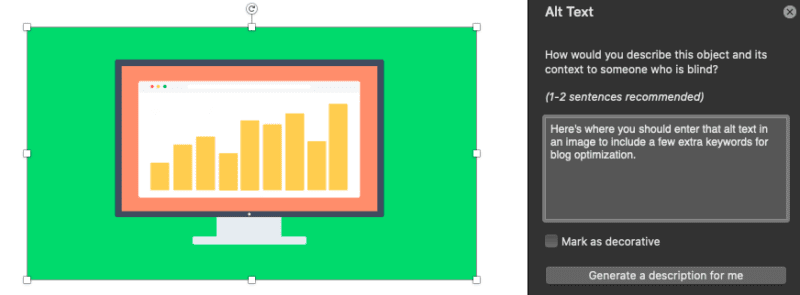SEO strategies for your website: Intro to keywords
Search engine optimization, or SEO, focuses on enhancing your website content so that it yields better results in a Google search. What that really means is that you’re making sure you’re writing for your audience by figuring out what it is they are searching for.SEO is important for online content because it makes your website easier to find for people who may be interested in your products and services. There are a few different ways to make your website rank higher with search engines and a number of online tools to help. Understanding what keywords are and how to use them to benefit your website is one of the first steps.
What are keywords and how do I find them?
Keywords are one of the most important aspects of SEO. With a strong keyword plan you can determine which specific words and phrases to add to your website content to increase search rankings. To find these keywords, online tools like SEMrush or Moz are going to be very useful.Keywords can be long-tail or short-tail, meaning the keyword can be made up of four to six words (long-tail), or as small as a single word (short-tail). Long-tail keywords are better for SEO because they often reflect commonly searched terms. Because they are more specific, long-tail terms may get less traffic overall but ultimately, you’ll rank higher and get more of the right people onto your site.Keyword difficulty shows how often your keyword is searched by users and how hard it is to seize competitor’s positions when using that keyword. For the best results, you should identify keywords that fall somewhere in the middle of the keyword difficulty scale. When a keyword difficulty level is too high, it means people often won’t use that phrase in a search engine. When a keyword difficulty level is too low, people are using that phrase very often and the search result yields competing websites too challenging for your page to overcome.Now that you know how to identify the best keywords, putting them together with strategy in mind is what comes next. For best results, find your top 20 keywords that have an ideal level of difficulty and search volume together to form a keyword planner. Creating a keyword planner monthly as you update your website or write new blog posts will generate the best SEO results.

How to implement keyword planners
After you have a keyword planner with all the phrases you want to put into your website, it is important to make sure that the keywords fit in with your content. The phrases should read naturally in a sentence, not stick out. Choose 1-2 keywords to focus on per page. Keywords don’t have to be added only to web copy, they can be added to URLs, page titles, tags and alt text to images.Link pages within your website together using keywords. This will help different pages within your website show up in more searches. You can also use keywords to link to URLs outside of your website. This allows for your content to show up when people search the URL you linked, generating better SEO for your website.
Quick tips to improve SEO
Aside from keyword research, here are some additional small changes that will help your website rank higher:
- Update your website frequently, with original content.
- Pages with longer content (1,000-2,000 words) outperform pages with shorter content, but ideally your website will have a mix of longer and shorter pages.
- Fast, clean websites rank higher in a search engine. Try to get rid of broken links and empty pages.
- Include photos between blocks of text so that your content is more digestible to a reader. Bonus, you can fit in some extra keywords in photo file names and alt text. Here’s an example of how that looks:

SEO is a big undertaking for any website, and it is easy to get overwhelmed by the process. Incorporating these digital practices is something we work on everyday here at T&C. We are a result-driven agency, and SEO is one of the best ways to see the results from hard work put into online content. Interested in learning more about how we can help you with your SEO strategy? We’d love to chat!







